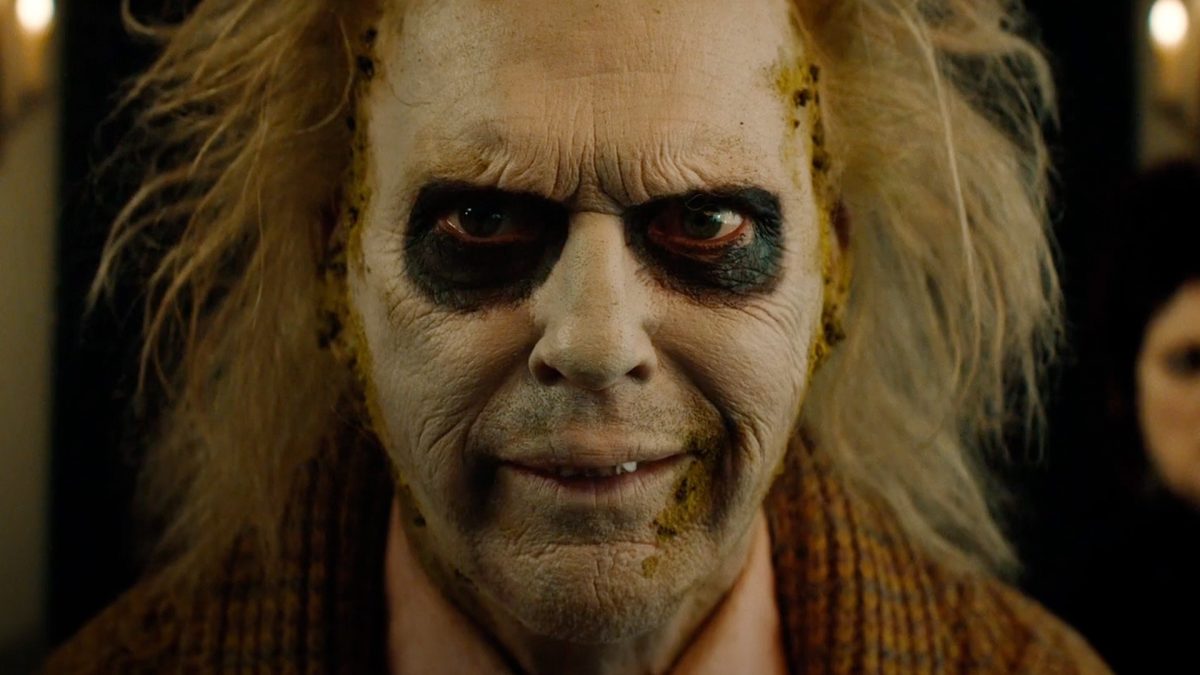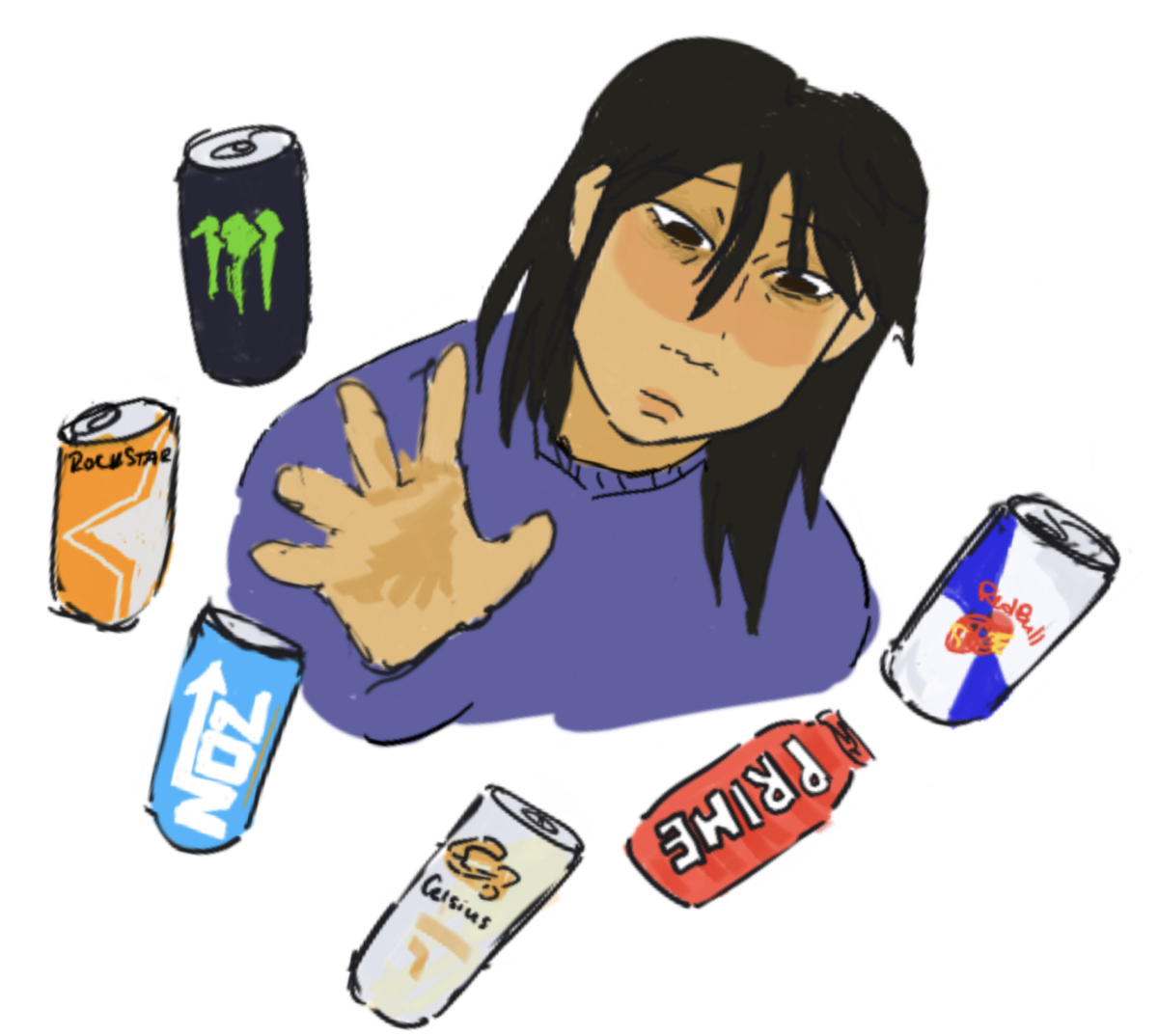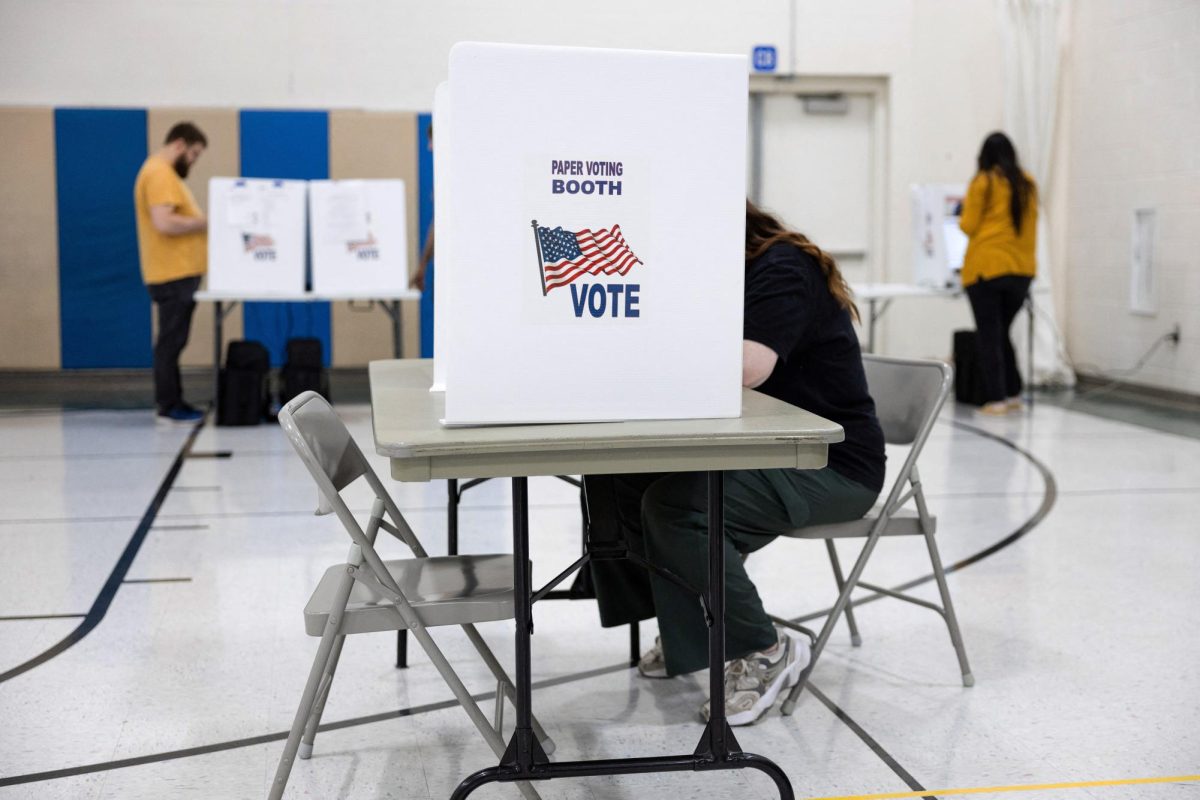For most of human history, it was incredibly common to see minors ingest profuse amounts of alcohol. Even in the modern day, countries in Europe, Asia and Africa take a lenient approach to minors who want to drink. But, starting in the 20th century, the United States took a strong approach – not without opposition – to raising the drinking age. Through federal trickery, the government was able to coerce every single state in the U.S. to raise the drinking age to 21. And, because of the horrible physical and mental health effects of energy drinks, it is time that the U.S. took a similar approach to the federal regulation of caffeine.
It’s important to inspect the physical effects caffeine has on the body of a young person before making a judgment of legality. Energy drinks, as defined by the Centers for Disease Control and Prevention (CDC), contain caffeine, and other legal stimulants like guanine, taurine, and L-carnitine. These stimulants activate hormone sites in the brain to produce cortisol, which, among other things, is the hormone known to cause anxiety.
Stimulants have been known to cause problems for young adults and teens for decades. Only recently, though, has the U.S. seen an uptick in bad outcomes. According to the CDC, nearly 1,500 teens were sent to the emergency room for energy drink-related illnesses in 2011. Chapman University in Orange, California, found in 2020 that 40% of teens who consumed energy drinks daily, aged 13-19, suffered from side effects like insomnia, increased heart rate, vomiting, jitters, headache and abdominal pain. Unfortunately, this massive upshoot in side effects is no coincidence.
As many as 12% of secondary public schools nationwide sell energy drinks, and more caffeine than ever is in the drinks that these schools are selling. The most jarring fact, though, is that the American Beverage Association – which lobbies on behalf of the soft drink industry – recommends that energy drink manufacturers not market their drinks to those aged 12 and under, even though 13-19-year-old teens are feeling the worst side effects from these fruity, sugary and gilded concoctions.
Energy drinks also take a massive toll on the mental health of teenagers. The National Institutes of Health (NIH) reported that high amounts of energy drink consumption can lead to disrupted sleep patterns and a higher likelihood of trying illicit drugs. The additives in energy drinks, like taurine, serve to intensify the effect of caffeine and can even lead to addiction. Considering that the Mayo Clinic reported that energy drinks are the second most popular dietary substance among teens, it’s obvious that the drink industry is working on getting a new generation of young Americans hooked on its products, just like the tobacco industry with vape pens. And the numbers back this fact up; global energy drink sales totaled $60 billion in 2020 and have been on the rise since.
To be fair, an outright ban of energy drinks would be sure to cause a massive backlash. Many teens explain that they rely on energy drinks to wake up and go to school. But this way of thinking only reinforces the need to dial back our youth’s intake of caffeine. A starting step would be pressuring Congress to disallow energy drink companies to market to client bases under the age of majority (age of adulthood). That way, young people wouldn’t have advertising directed at them, meaning that the rate of young people drinking energy drinks would shrink over time. Then, Congress would be able to institute caffeine content restrictions on beverages sold to minors. But, one thing that the statistics make abundantly clear is that the status quo is not good enough for our most vulnerable populations.
Just weeks ago, a student at the University of Pennsylvania named Sarah Katz died after drinking a charged lemonade from Panera – a drink with unfathomable amounts of caffeine (one 30oz charged lemonade contains upwards of 390mg) that fits the CDC’s definition of an energy drink. For comparison, the FDA recommends that people don’t drink more than 400mg of caffeine daily because of the safety risk that it creates. Just because these beverages are available to children now does not mean that they should be in the future. A Florida man with a heart condition died after drinking three charged lemonades in a day earlier this November.
While the jury is still out on how exactly caffeine affects the brains of adults, it’s clear that adverse effects of caffeine consumption are concentrated amongst younger age groups. It’s not necessarily true that these numbers correlate to the percentage of people within each age group who drink energy drinks, either. For instance, younger people may be drinking them in larger amounts than older people. But, in the same way adults get to make their own choices about alcohol, they should be able to do the same with energy drinks. The adverse effects and side effects that the drinks cause for children and teens make it important that the government establish some sort of regulation.
After the federal government unilaterally raised the drinking age to 21, the amount of 17-, 18- and 19-year-olds who died because of car crashes or other alcohol related injuries plummeted. Science shows that caffeine sends nearly 1,500 teens to the E.R. every year and has extremely negative consequences for their mental health. Barring minors from drinking alcohol was painful and unpopular. Attempts to do the same for caffeine will probably be similar. But, for the sake of our children, elected officials must realize that companies exploiting and injuring youth for profit is ridiculous. It’s about time they take a stand on behalf of their constituents to make the world a safer place for teens.





















